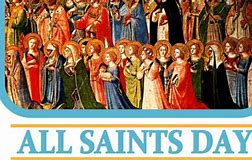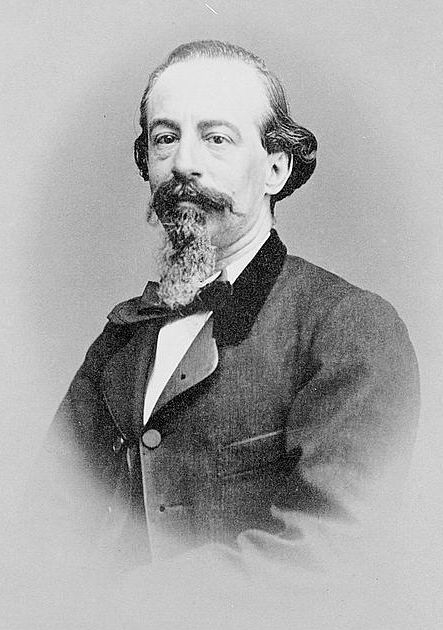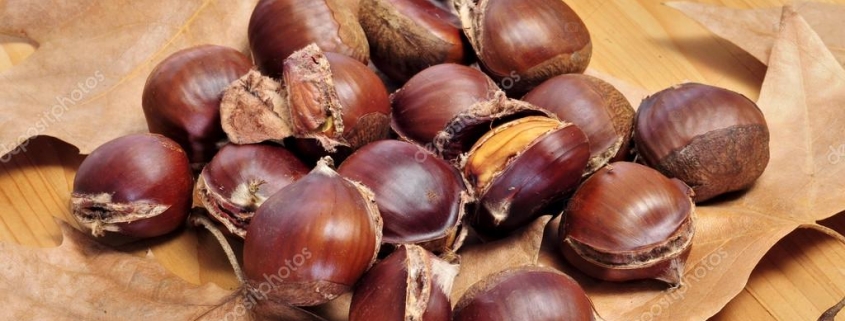ARTS, CULTURE, CUSTOM & CHURCH
CHESTNUTS AND OLD SPANISH CUSTOMS
All Saints Day in Spain (Todos Los Santos) takes place on November 1st. It is a very important national public holiday throughout Spain, when people, from all over the country, return to their town or village to lay flowers on the graves of deceased relatives. There are few religious days that mean quite so much to the ordinary people of Spain as this solemn festival.
To find ourselves now living in a country that makes a special day for such commemoration reminds us of some matters we perhaps took for granted in the UK. There will be those who might suggest we should be mindful, every day, of those we have lost, not simply on a designated date. They would be right, perhaps, but the world is a busy place and time seems to accelerate as Time Goes By and to take a day to somehow allow time to stand still can do no harm. Spain is certainly not the only country to commemorate the deceased in this way, as we know from our son who lives in South Korea that his newly adopted home country does the same, though over there each family commemorates the date of the anniversary of the death of family members.
The Spanish consider themselves fortunate in having two birthdays each year, rather like the British queen. They have their customary birthday to commemorate the day they were born but they also celebrate on the day of their personal patron saint. For most people their patron saint will be the one after whom they were named.

However, on November 1st each year, the Feast Of All Saints is held and this particular public holiday centres around remembering dead family members. Most people will visit the graves of relatives and decorate them with elaborate floral displays. Roads around cemeteries will be crammed with traffic, flower sellers line the streets and, in many places, additional public transport services are organised.
Although this might sound over-commercialised and hectic it is actually, for most people, a day of high emotion. The Eucharist, or Mass, will often be performed in the cemetery several times during the day.
In common with many festivals throughout the country there are a number of special gastronomic dishes which are associated with All Saints’ Day. Chief amongst these is the tradition of eating roasted chestnuts, castañas, alongside small almond cakes, pannellets. The chestnut element of the tradition comes from the legend of Maria La Castañada, a chestnut seller, about whom there are many stories.
There is a compelling affinity between the chestnut and the tradition of
remembering the dead. It is not surprising that we remember the dead in Autumn,
a season in which in many climates, nature seems to fade and die before our
eyes. There are many traditions connected with this time of year in Spain described
in literary works such El Estudiante de Salamanca by José de Espronceda. to purely
gastronomic ones which brings us to the pleasant aspect of this time of year in
Spain, the celebration of ´La Castañera´.
In olden days, “la castañada”
was celebrated after the family evening meal, in much the same way as were the
customary and ancient funeral meals. After the usual family supper, chestnuts
were roasted in the open hearth, and accompanied by a sweet, white wine.
This custom of eating chestnuts (which
is the typical seasonal fruit together with dried fruits such as almonds, hazel
nuts), goes hand-in-hand with eating sweet potato el boniato. At these
gatherings stories are often told about the semi-fictitious chestnut seller, “la
castañera”.
Today, there are even on-line stories posted about her, with one story teller recalling that Autumn in Barcelona sees the ice-cream vendors of summer ceding ground to stalls selling food more appropriate for the season. In the city´s market places you will likely find a woman sitting next to an open fire, roasting chestnuts, rememberingin re-creation of the character known as “Maria – La Castañera”.
Here is a short summary of that story
I found on-line. Of course there are many others, but all of them are about a
nice and quite old woman selling chestnuts.
“Maria was a woman who always sold chestnuts as
evening fell, but one night she stumbled because of her long skirt and all of
the chestnuts she had collected fell on the floor. Unfortunately she couldn’t
find any of them again and so she got very angry, but then the goblins of the
forest came to assure their help. And in the evening they came with lots of
chestnuts and everyone was happy.”
Another story about La Castañada explains that Catalans once celebrated this festival on the night before All Hallow’s Day as the men rang the church bells to honour the dead. As it was very long and hard work the men ate chestnuts because they are a great source of energy and helped them to keep them warm. Often, family and friends came to support the men and so the evenings ended in a big get-together.
Reading
the story was the first time I ever heard of this special celebration of All Souls´
Eve, but it is a variation which I like very much. As Halloween has already
invaded big parts of Europe, in Catalonia they still stick to their tradition
to celebrate “La Castañada”.
“La
Castañada,” just like Halloween, finds its roots in an old funeral rite to
remember the dead and is celebrated after the family evening dinner on the 31st
of October. After dinner the family either buys chestnuts at one of the stalls mentioned
in the stories or they roast them at home.
At this time of the year you will also see in the shops, huesos de santo – the saint’s bones – which have marzipan, eggs and sugar syrup and buñuelos de viento – puffs of wind – which are doughnuts liberally sprinkled with cinnamon and sugar. In Catalonia in particular it is also quite usual to eat sweet potatoes, el boniato.
Back in the 10th century All Saints’ Day was celebrated on May 13th but Popes Gregory III and IV moved it to its present date because they wanted to neutralise the pagan festival, the forerunner of Halloween, that was held at that time of the year.
Strangely, though, the adaptation throughout Europe of ´American style Halloween´ trick or treat celebrations has become quite prevalent across Lanzarote over the past four or five years. Good parenting was certainly evident this year when parents phoned ahead to warn us their children would be calling. When they did so the costume and make up were of the high quality of Strictly Come Dancing´s Halloween Shows and even the accompanying adult looked pretty scary, too.
I’m very curious about how this relatively new phenomenon will develop over the next generation or two of young parents. Whilst I’m sure it is going to be become another great annual celebration with delicious food items, it will be fascinating to see how its links with All Saints´ Day are strengthened and mythologised.
The ancient Gaels believed that this time of the year, sometimes thought of as the Celtic New Year, was when the boundaries between the living and the dead disappeared so the Church linked this with All Saints’ Day. Initially, the time was a period of fasting as well as the holding of vigils. What began as a time of remembrance of the Christian martyrs evolved into the present custom of remembering all the dead.
The celebrations surrounding All Saints’ Day are especially notable in the Cádiz province of Andalucía. In Cádiz itself Tosantos will involve a colourful street market, processions and many children’s activities and will begin a few days before November 1st. In villages and towns throughout the province candle lit processions, roast chestnuts and, very often, anise liqueurs characterise the feast.
One of the All Saints’ traditions across Spain is the performing of the play Don Juan Tenorio, written by José Zorrilla. The final act of this portrayal of Don Juan’s choice between salvation or hell is set in a cemetery with the legendary lover lamenting over his betrayal of his dead lover.

Don Juan Tenorio. a religious-fantasy drama in two parts, is a play written in 1844 by José Zorrilla. It is the more romantic of the two principal Spanish-language literary interpretations of the legend of Don Juan. The other dates from 1630 and is The Trickster Of Seville And The Guest Of Stone, which is attributed to Tirso de Molina. Don Juan Tenorio´s reputation owes a great deal to this earlier version, as recognized by Zorrilla himself in 1880 in his Memories Of The Old Times, although the author, surely accidentally rather than on purpose, curiously confuses de Molina with another writer of the same era, Agustín Moreto.
There may be times when it is easy to forget how catholic Spain can be, though it seems to us as newcomers that the Church is more involved in the community and is perhaps more loved by its parishioners than we found to be the case in the industrial North West of the UK. So, All Saints’ Day serves here as a powerful reminder of the importance of religion, and of the family, even in the modern age. Furthermore, in the four years we have lived on this island, we have learned how often the (catholic) Church and the arts are seen walking the same path to commemorate Christ and The Saints and to preserve island customs and culture. For instance, small orchestras often accompany services in which an icon of the saint is carried around the church as scores of people follow its procession in homage. Those attend such commemorative services can then step outside and wander round a fairground, or take a seat in the church square to sit and listen to a choir concert or Spanish folk lore music and dance.
Bright lights and fairground rides and song and dance somehow do not detract from the reverence of remembering the dead, honouring the Saints or thanking God. Even the most solemn aspects of religion are always accompanied by a sense of gratitude and enjoyment of life.




Leave a Reply
Want to join the discussion?Feel free to contribute!